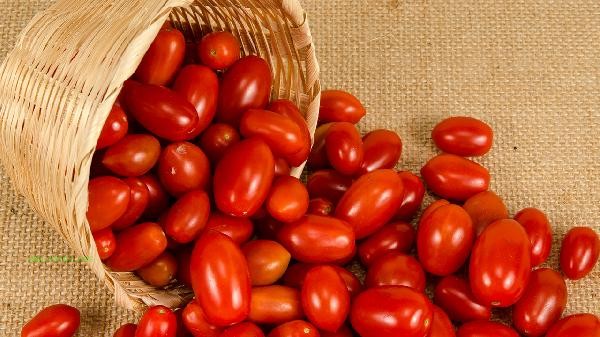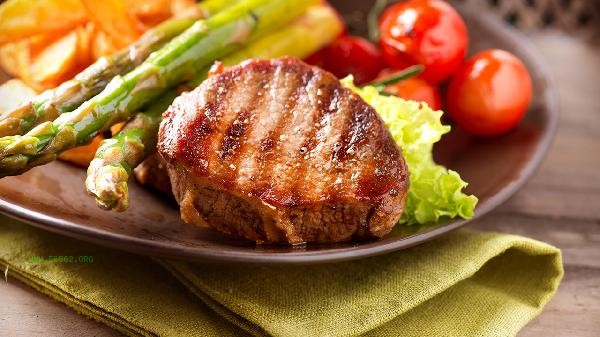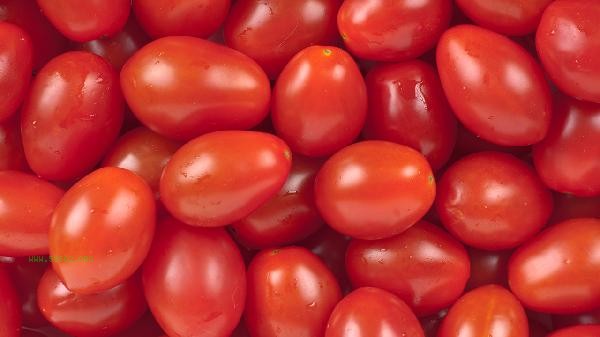Tomatoes can be selected for maturity and freshness through three methods: observing color, touching softness and texture, and smelling aroma.

1. Observe the color
Mature tomatoes have a uniform bright red skin color, with no green or yellow spots around the fruit stem. The color transition of naturally ripe tomatoes is natural, presenting a gradient from dark to light from the stem to the top. Avoid choosing fruits with dark or partially green colors, as they may not be fully ripe or have undergone ripening treatment. Tomatoes with sufficient sunlight have a glossy surface, and fine fruit powder distribution can be seen under reflection.
2. Soft and Hard to Touch
Fresh tomatoes are elastic when lightly pinched, and the flesh can slowly rebound after pressing. Tomatoes that are too soft may have been stored for too long or have deteriorated internally, while those that are too hard indicate insufficient maturity. When touching, pay attention to checking the navel area, which should be flat and free of dents for high-quality tomatoes. When selecting in summer, you can choose slightly harder fruits, which will taste better after being left at room temperature for 1-2 days.

3. Smell
Naturally ripe tomatoes have a fresh sweet and sour aroma near the stem, without any fermentation or chemical residue odor. Ripening tomatoes have a faint or grassy aroma. You can gently rub tomatoes in your palm and smell them. High quality fruits will release richer tomato characteristic aromatic substances. Special attention should be paid to odor identification when purchasing in winter, as some out of season products may use ethylene to ripen.

It is recommended to choose seasonal outdoor planting products for daily tomato selection, as they have higher flavor compounds and lycopene content. Retaining the fruit stem during storage can extend the shelf life, and immature fruits can be placed in paper bags to ripen together with apples. Before consumption, rinse the surface with running water and rub the concave part of the fruit stem. When mixing cold, it is recommended to scald the skin with boiling water and peel off the outer skin. People with spleen and stomach deficiency and cold should not eat a large amount of raw food on an empty stomach. Adding a small amount of oil during cooking is more conducive to the absorption of lycopene.








Comments (0)
Leave a Comment
No comments yet
Be the first to share your thoughts!